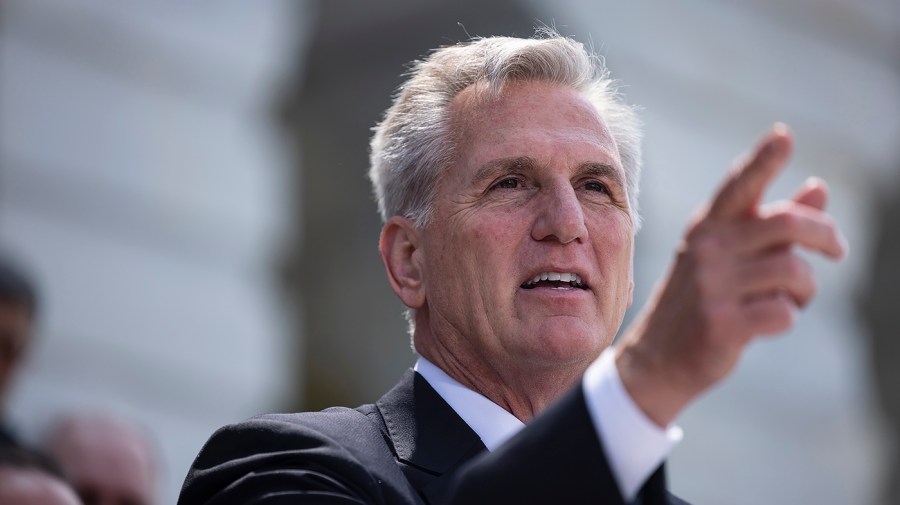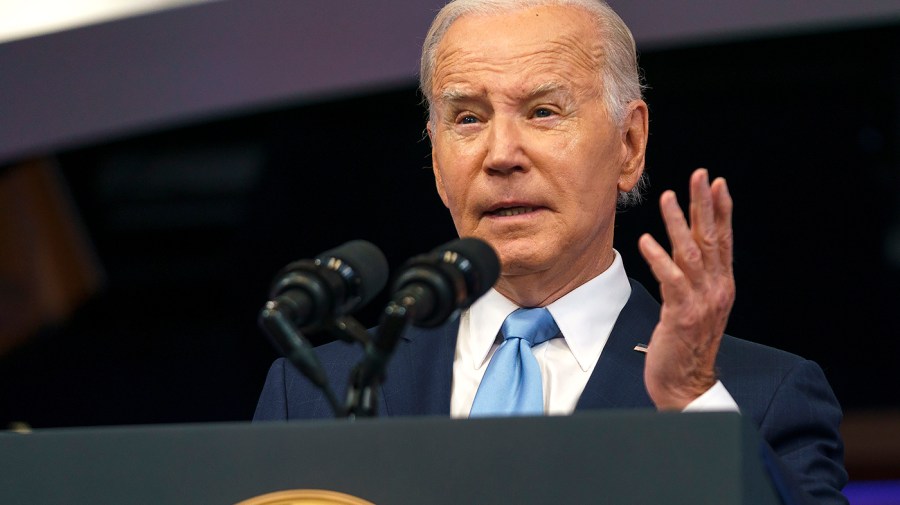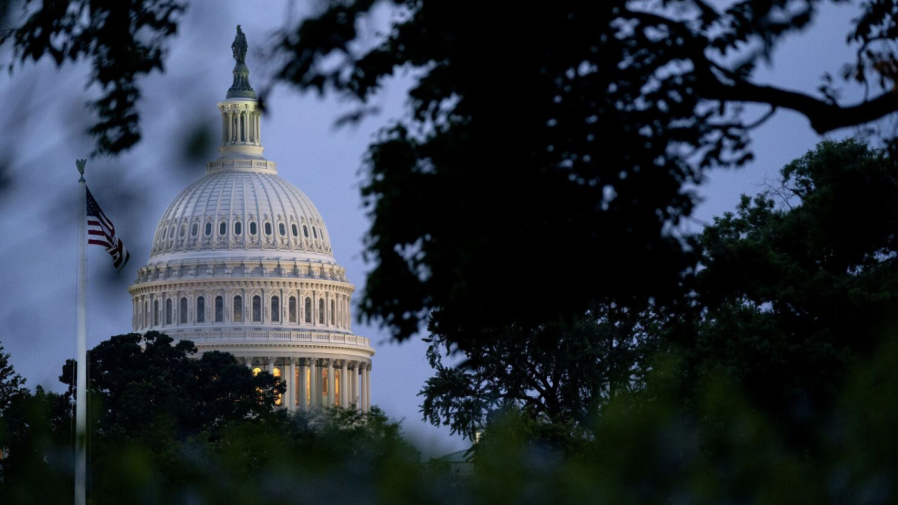These are the biggest sticking points in the debt ceiling fight
Congress and the White House have just 10 days to reach a deal to raise the debt ceiling before the Treasury Department estimates the nation risks default.
But major sticking points have emerged in the past week.
Friday’s negotiations snagged on disagreements over spending but resumed over the weekend as pressure mounts on both sides to strike a deal.
President Biden is expected to meet with Speaker Kevin McCarthy (R-Calif.) later Monday.
Here are the key areas of disagreement that must be resolved with the June 1 “X-date” inching closer.
Budget caps

Republicans are pushing to set limits on the government funding levels lawmakers can approve during the annual appropriations process later this year.
The GOP-led House last month passed a bill that would cap funding for fiscal 2024 at fiscal 2022 levels and doubled down on that position late last week.
McCarthy said Friday that “we can’t be spending more money next year. We have to spend less than we spent the year before. It’s pretty easy.”
But the proposal has garnered fierce pushback from Democrats and administration officials who say it would yield significant cuts to domestic programs.
Reports have surfaced in recent days that the White House offered a counterproposal that would flatline funding for the coming fiscal year at fiscal 2023 levels instead — but that it was rejected by Republicans.
Pressed about the proposal Monday, Senate Budget Committee Chairman Sheldon Whitehouse (D-R.I.) didn’t reject the idea but said he “wanted to look at the full package and see a number of things.”
“First of all, does it seem fair? Second, does it make income inequality even worse? Is the rich getting richer? And third, who does it hurt, how badly? How many jobs do we lose? Do we spin into a recession because of the bill?” he said on a press call hosted by The Roosevelt Institute.
However, Rep. Kevin Hern (R-Okla.), chair of the House’s largest conservative caucus, cast doubts on the chances of the lower chamber passing such a proposal.
Pressed by The Hill Monday on the likelihood of such an occurrence, Hern said: “I don’t see it.”
Joel Friedman, senior vice president for federal fiscal policy at the Center on Budget and Policy Priorities, said in a statement that the proposal to freeze funding at current levels into next year would “cut the services the government can provide by about 5 percent,” as the government works to tackle high inflation.
Defense vs. nondefense

In their pursuit of cuts to government spending, Republicans have focused largely on reducing nondefense dollars, with many vowing to protect funding for veterans and defense programs — though the House-passed debt ceiling bill didn’t include any specific protections for them.
The White House’s proposed counteroffer included a freeze for nondefense and defense programs.
GOP appropriators have acknowledged the spending caps could make it harder to plus up funding for those areas and mean further reductions to spending for nondefense programs that are key Democratic priorities.
House GOP appropriations have released text for only a handful of the dozen government funding bills Congress must pass to set new spending levels for fiscal 2024. That includes funding for areas where they’ve resisted major cuts, such as veterans and military construction and homeland security, as well as spending bills for agriculture and legislative branch programs.
“If you accept the funding levels for these areas as reflecting House Republican priorities and assume defense will be protected, then everything else would need to be cut more than 13 percent under a freeze,” Friedman said.
Work requirements

The fight over tougher work requirements for federal assistance programs garnered major attention on Capitol Hill last week and remains unresolved.
In their House-passed debt limit bill, Republicans pressed for beefing up work requirements for Medicaid, as well as programs such as Supplemental Nutrition Assistance Program (SNAP) and Temporary Assistance for Needy Families (TANF).
Biden prompted confusion from Democrats earlier this month when he appeared to open the door to some stricter work requirements. He has apparently ruled out changes to Medicaid, but the conversation around SNAP and TANF has been less clear.
While Democrats have come out in staunch opposition to the proposed changes — House Minority Leader Hakeem Jeffries (D-N.Y.) called it a “nonstarter” — Speaker Kevin McCarthy (R-Calif.) also drew a “red line” around the issue in talks.
Timeline

House Republicans have pushed for lifting the debt through March 2024 at the latest, eyeing what is likely to be another high-stakes standoff over the debt limit in the months leading up to the coming presidential election.
Democrats have pushed back against the proposed timeline, however, instead calling for the debt ceiling to be lifted past next year’s election.
But Republicans have argued that concessions that move the party further from its proposed bill — which seeks to reduce deficit spending by more than $4 trillion over the next decade — should require more give from Democrats.
“We’ve got $1.5 trillion for a year versus 4.8 trillion in cuts,” Rep. Kevin Hern (R-Okla.), head of the Republican Study Committee, told reporters last week. “So, it’s gonna get real difficult as [there’s] less and less spending cuts. I can’t imagine that the body would be in unity for $1 for dollar.”
Copyright 2024 Nexstar Media Inc. All rights reserved. This material may not be published, broadcast, rewritten, or redistributed..











